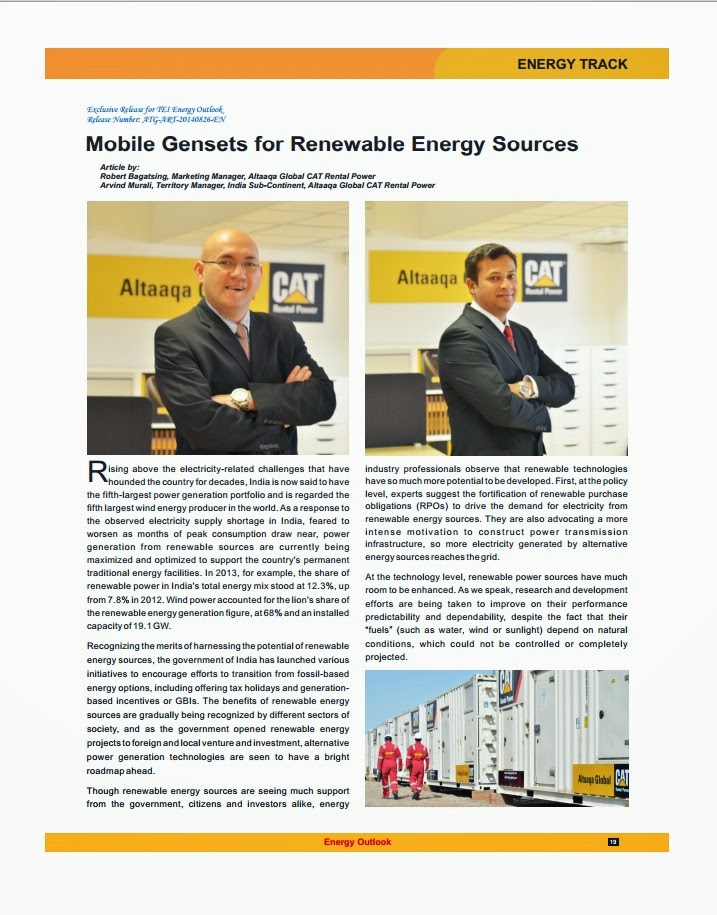Though renewable energy sources are seeing much support from the government, citizens and investors alike, energy industry professionals observe that renewable technologies have so much more potential to be developed. First, at the policy level, experts suggest the fortification of renewable purchase obligations (RPOs) to drive the demand for electricity from renewable energy sources. They are also advocating a more intense motivation to construct power transmission infrastructure, so more electricity generated by alternative energy sources reaches the grid.
At the technology level, renewable power sources have much room to be enhanced. As we speak, research and development efforts are being taken to improve on their performance predictability and dependability, despite the fact that their “fuels” (such as water, wind or sunlight) depend on natural conditions, which could not be controlled or completely projected.
As renewable technologies are being planned, constructed or augmented, and are still in diffusion to more communities and industrial areas in India, other alternative technologies can supplement them, bridging the gap in power supply and electricity demand. It has been documented that a 50 MW wind farm, for example, can be built in six months, and if one factors in the time needed for planning, designing, and receiving necessary approvals and permits, a wind farm may be operational after only a year or so. During the months when wind farms (or any other renewable energy facility for that matter) are not yet operational, mobile generator sets have the capacity to temporarily provide power to the communities planned to be beneficiaries of renewable energy.
Temporary generators are cost-effective immediate solution to power supply shortages and instability, which do not require a huge initial capital to acquire and install. Because rental gensets are modular and flexible, interim power stations can be installed in most places where renewable energy facilities find applications. Owing to their adaptive configuration, temporary gensets can be easily installed and commissioned, and can be run in as little time as a few days. Additionally, as they are containerized and have relatively small dimensions, mobile generators can be delivered from any point in the world to another.
With the support of temporary power plants, the perceived limitations of renewable sources of energy can be surmounted, and the deficit in supply of power can be filled. As renewable facilities ramp up their reliability and predictability, interim power stations can provide a viable and sustainable supply of power when needed and as needed by communities and industrial facilities in India. Alternative power sources, when enhanced and properly utilized, have the capacity to support permanent traditional sources of electricity to avoid further energy outages and load shedding, and to extend the coverage of the electricity supply even to the most remote communities and industries in India.
*The foregoing article was originally published in the September 2014 edition of The Energy Outlook, India.*
End
PRESS INQUIRIES
Robert Bagatsing
Altaaqa Global
Tel: +971 56 1749505
rbagatsing@altaaqaglobal.com




No comments:
Post a Comment